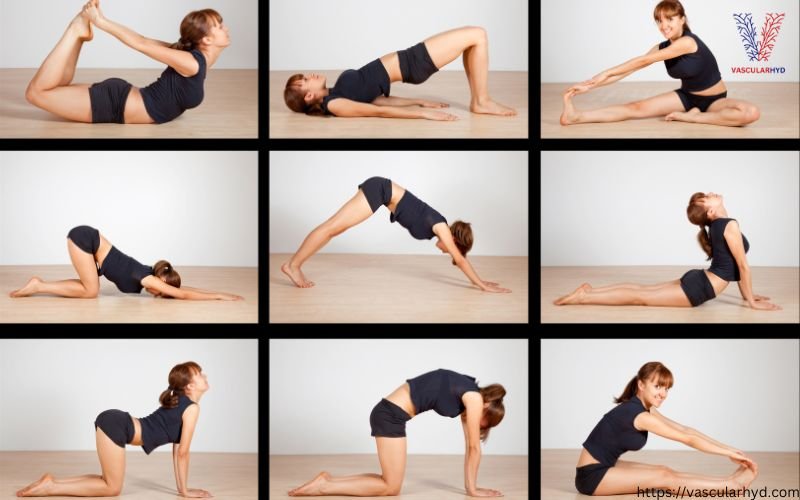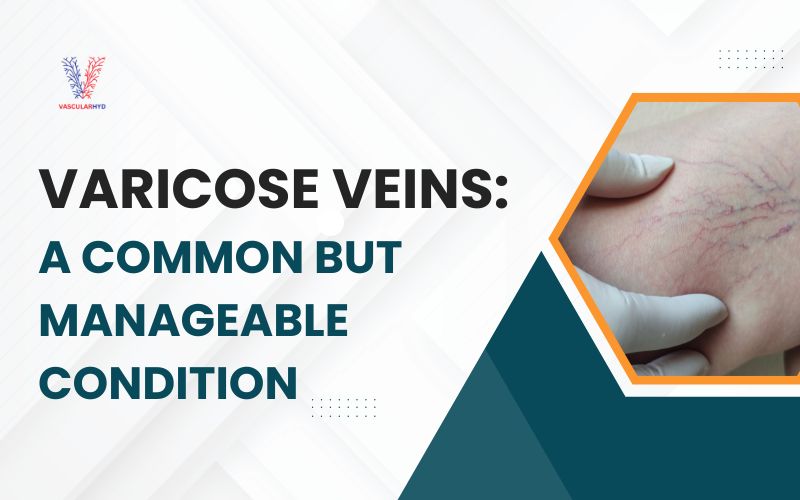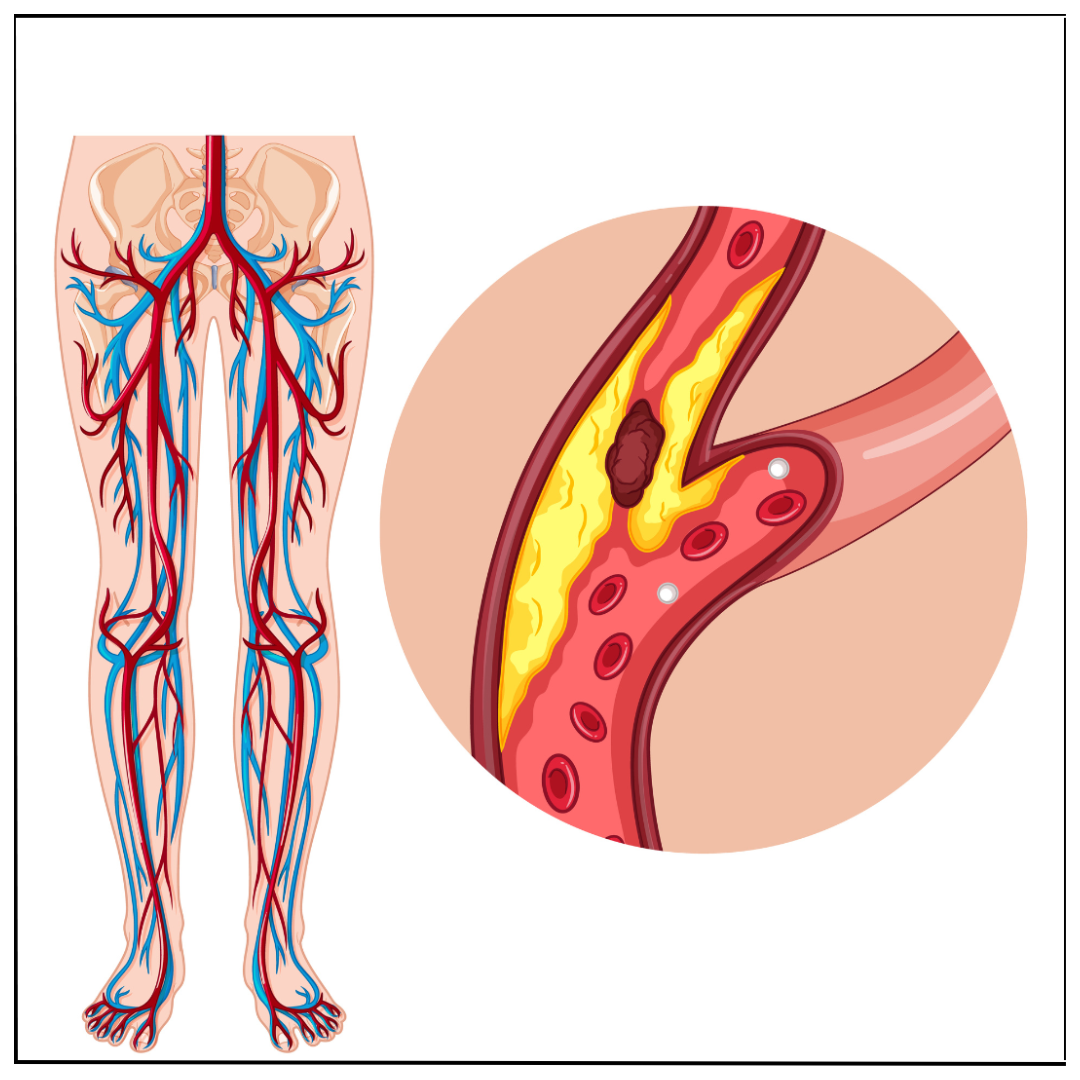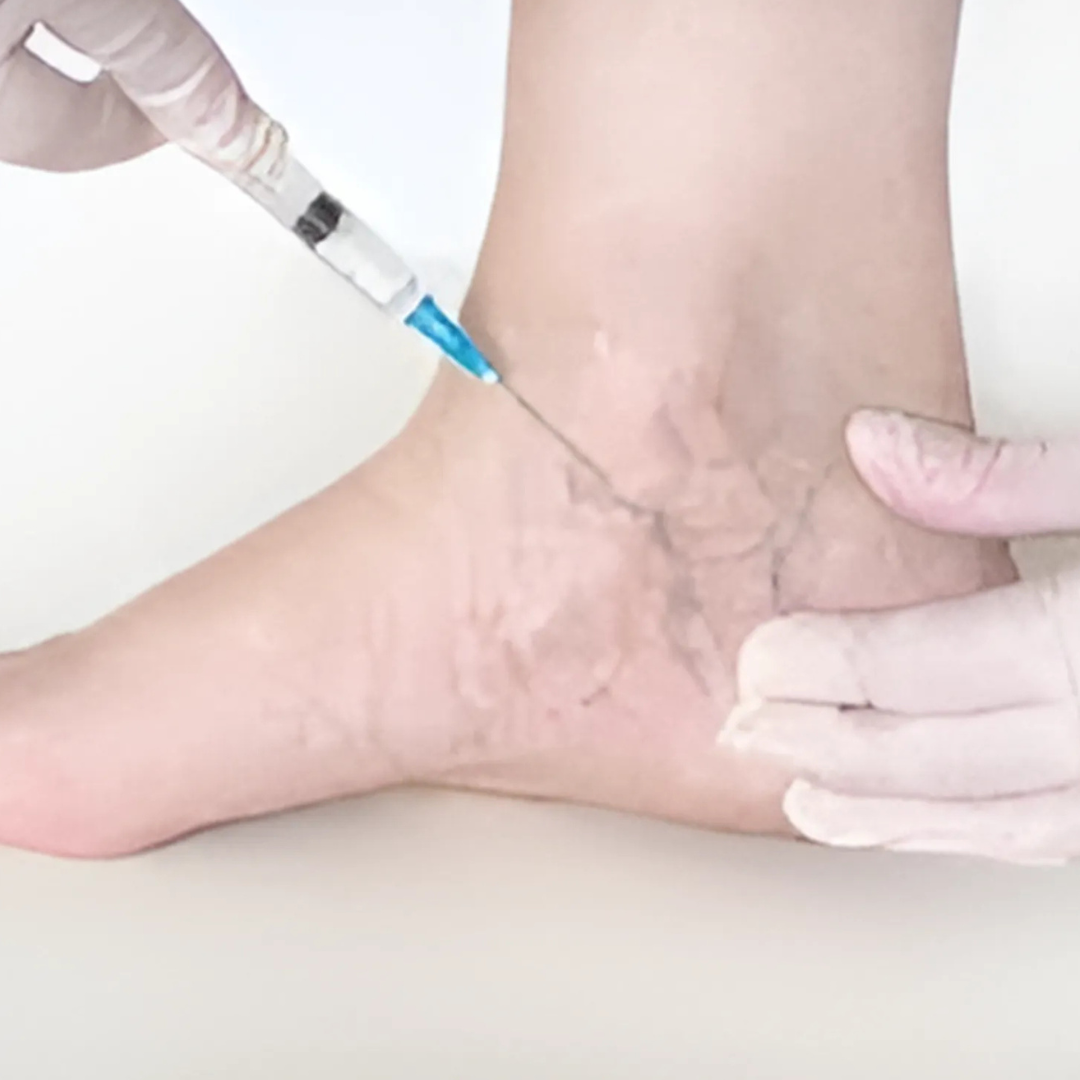Spider veins, those small, twisted blood vessels that appear on the surface of the skin, are not just a cosmetic concern—they can also be a sign of underlying circulation issues. These unsightly veins, often found on the legs, are caused by weakened vein walls and poor blood flow. According to studies, approximately 60% of adults develop spider veins at some point in their lives. Yoga for spider veins, a natural and holistic approach to health, offers an effective solution to improve circulation and promote vein health. In this blog, we will explore how yoga for spider veins can help, discuss its benefits, and provide a detailed guide to specific yoga poses that support vein health.
What Are Spider Veins?
Spider veins are small, dilated blood vessels that appear close to the surface of the skin, often in a web-like pattern. They are commonly seen on the legs and face. These veins occur when the valves inside the veins become weak or damaged, leading to blood pooling and increased pressure in the veins. Many people seek spider veins on legs treatment to alleviate discomfort and improve appearance.
Common Causes of Spider Veins:
- Prolonged Standing or Sitting: Jobs or lifestyles requiring long hours of immobility can contribute to spider veins.
- Hormonal Changes: Fluctuations during pregnancy, menopause, or hormonal treatments can weaken vein walls.
- Genetics: A family history of vein issues increases the likelihood of developing spider veins.
- Obesity: Excess weight puts pressure on the veins in the lower body.
- Ageing: As we age, our veins lose elasticity and strength, making them more prone to damage.
While spider veins are typically harmless, they can cause discomfort, such as itching, burning, or a heavy sensation in the legs. If ignored, they may lead to more severe vein issues.
Benefits of Yoga for Spider Veins
Yoga for spider veins is an excellent way to improve circulation, reduce vein pressure, and support overall vein health. Here are the key benefits of yoga for spider veins:
1. Improves Blood Circulation
Yoga involves poses that stimulate blood flow and prevent blood from pooling in the legs. Poses like Legs-Up-The-Wall encourage venous return and alleviate swelling.
2. Strengthens Vein Walls
Certain poses help build muscle tone in the legs and core, providing better support for veins and reducing pressure on them.
3. Reduces Stress
Stress is a contributing factor to poor vein health. Yoga’s relaxation techniques, including deep breathing and mindfulness, lower cortisol levels and promote vein recovery.
4. Relieves Pressure in the Legs
Yoga poses that elevate the legs or stretch the lower body reduce pressure on the veins, easing symptoms of spider veins.
5. Encourages Weight Management
Excess body weight can strain veins, but regular yoga practice aids in maintaining a healthy weight, improving overall vein health.
6. Enhances Flexibility and Posture
Yoga improves flexibility and posture, which helps reduce the strain on the veins in the legs and promotes better blood flow.
How Yoga Helps with Spider Veins
Yoga improves vein health by encouraging blood circulation and strengthening the muscles that support veins. Deep breathing exercises further enhance oxygen supply and circulation. Additionally, yoga’s mindfulness practices help reduce overall stress, which indirectly benefits vein health. By incorporating yoga for spider veins into your daily routine, you can alleviate discomfort from spider veins and prevent their progression.
Top Yoga Poses for Spider Veins
Here are some of the best yoga poses to promote vein health and reduce the appearance of spider veins on the legs. Practice these poses regularly for noticeable benefits:
1. Legs-Up-The-Wall Pose (Viparita Karani)
- Benefits: Relieves pressure on the legs, promotes venous return, and improves circulation.
- How to Do: Lie on your back and extend your legs vertically against a wall. Relax your arms by your sides and take deep breaths. Stay in this position for 5-10 minutes.
2. Downward Dog Pose (Adho Mukha Svanasana)
- Benefits: Enhances blood flow to the legs, stretches the hamstrings and calves, and strengthens the core.
- How to Do: Start on your hands and knees, then lift your hips toward the ceiling, forming an inverted V-shape. Keep your heels pressing toward the floor and your arms straight. Hold for 1-2 minutes.
3. Mountain Pose (Tadasana)
- Benefits: Improves posture, strengthens leg muscles, and encourages proper blood flow.
- How to Do: Stand tall with your feet together, arms by your sides, and spine straight. Engage your thigh muscles and breathe deeply. Maintain this pose for 1-2 minutes.
4. Bridge Pose (Setu Bandhasana)
- Benefits: Stimulates blood circulation in the lower body and strengthens leg muscles.
- How to Do: Lie on your back with your knees bent and feet flat on the floor. Lift your hips while keeping your shoulders and feet grounded. Hold for 30 seconds to 1 minute.
5. Butterfly Pose (Baddha Konasana)
- Benefits: Opens up the hips, improves blood flow to the legs, and relieves tension.
- How to Do: Sit on the floor with your feet together and knees bent outward. Hold your feet with your hands and gently press your knees toward the floor. Stay in this position for 1-2 minutes.
6. Child’s Pose (Balasana)
- Benefits: Relaxes the lower body, reduces stress, and promotes better blood flow.
- How to Do: Kneel on the floor, sit back on your heels, and stretch your arms forward while lowering your forehead to the floor. Hold this pose for 2-3 minutes.
Lifestyle Tips to Prevent Spider Veins
In addition to practicing yoga for spider veins, these lifestyle tips can help prevent spider veins and improve vein health:
- Stay Active: Engage in regular physical activity, such as walking, swimming, or cycling, to boost circulation.
- Avoid Prolonged Sitting or Standing: Take breaks to move around if your job requires sitting or standing for long periods.
- Wear Compression Stockings: These can help improve blood flow and reduce swelling, especially if you’re on your feet for extended hours.
- Maintain a Healthy Weight: Excess weight puts additional pressure on veins, contributing to spider veins.
- Stay Hydrated: Proper hydration supports overall vascular health and prevents blood thickening.
- Adopt a Healthy Diet: Include foods rich in antioxidants and fiber to promote vein health, such as berries, leafy greens, and whole grains.
Spider Veins on Legs: When to Seek Treatment
While yoga and lifestyle changes can significantly improve vein health, some cases of spider veins may require medical intervention. If you experience pain, swelling, or other concerning symptoms, consult a vascular specialist.
Dr. Rahul Agarwal, a renowned expert in vein care, offers advanced spider veins on legs treatment options. Combining yoga with professional care can ensure optimal results and long-term vein health. Treatments such as sclerotherapy, laser therapy, or minimally invasive procedures can be highly effective.
Conclusion
Yoga for spider veins is a powerful, natural tool for improving circulation and supporting vein health. By incorporating poses like Legs-Up-The-Wall and Bridge Pose into your routine, you can alleviate discomfort and reduce the appearance of spider veins on your legs. Combined with a healthy lifestyle and expert care from Dr. Rahul Agarwal, you can take proactive steps to maintain strong, healthy veins. Start your journey to better vein health today by blending the benefits of yoga for spider veins with professional treatment options!
FAQs
Can yoga completely cure spider veins?
Yoga cannot completely cure spider veins but can significantly improve circulation, reduce their appearance, and alleviate symptoms.
How often should I practice yoga to see benefits?
Practicing yoga at least 3-5 times a week can help achieve noticeable results. Consistency is key to improving circulation and vein health.
Are there any poses to avoid for people with severe vein issues?
Avoid poses that put excessive pressure on the legs or require prolonged standing, such as Tree Pose or Warrior Pose. Consult a healthcare provider for guidance.





 What You Need to Know.jpg)


.png)
